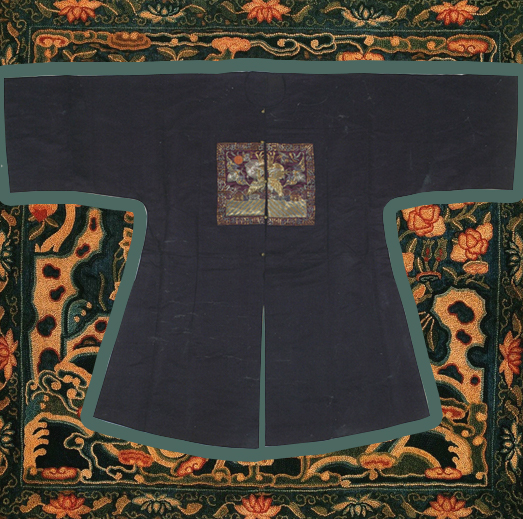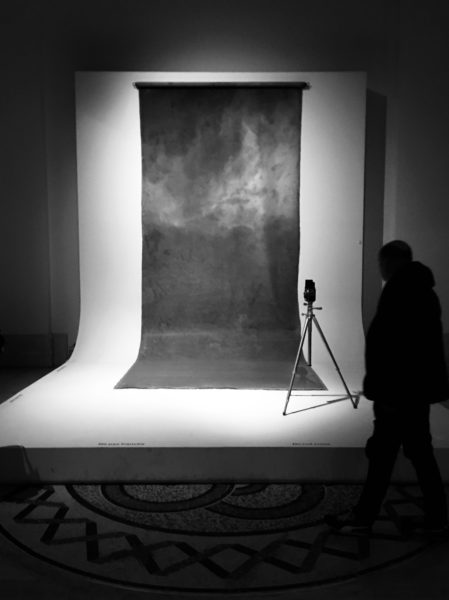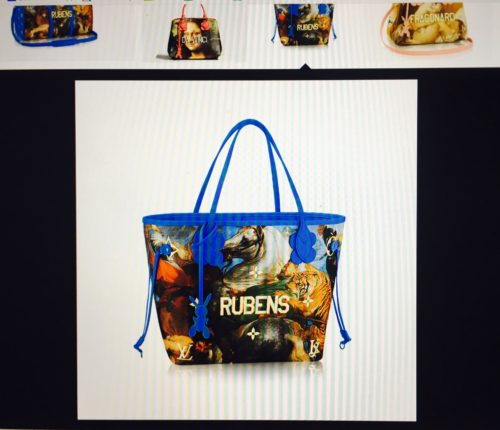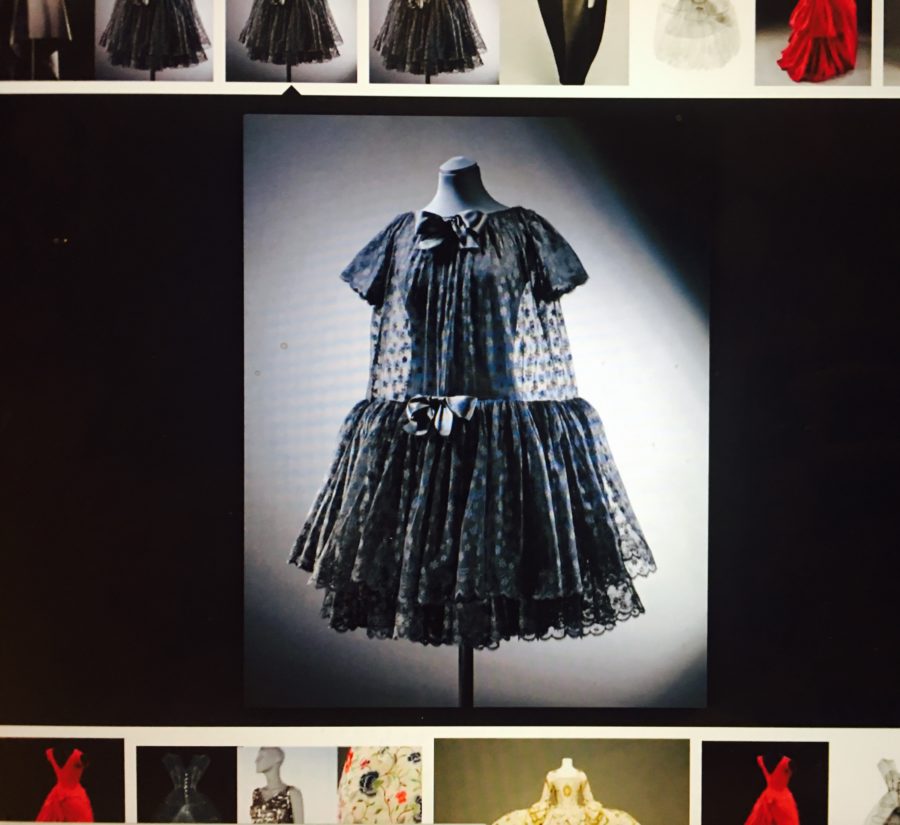When it comes to dance royalty, Gene Kelly reigns supreme. With credits including classical musicals such as Singin’ in the Rain (1952), An American in Paris (1951), and On The Town (1949), Gene Kelly is best remembered for his athletic style of dancing, and stands out in popular memory as the original example of the manly dancer.
But despite this posthumous reputation, during his career Kelly’s masculinity was a constant source of anxiety for both the star – he frequently retold a story in which he denied being a ‘sissy dancer’ at a burger bar in New York – and for the studio he worked for. Although Kelly worked hard to hone a dancing style that would be considered manly and virile this was not enough, and in both his on-screen and off-screen appearances it becomes clear that dress was of paramount importance in creating Kelly’s masculine image.

At first glance, many of Kelly’s costumes seem remarkable only for being, well, unremarkable. Throughout An American Paris, his dress is notably normal: at the beginning of the film, the star appears in cream coloured trousers with a cap and matching sweater, wearing a similarly simple outfit in the number ‘S’Wonderful’. Later, in an extended dance sequence with Leslie Caron, he also sporting plain black slacks and a short-sleeved t-shirt designed to draw attention to his muscular arms. Although simple, these costumes worked hard to assert the star’s manliness by emulating a cultural icon of heteronormative masculinity – the ordinary American man. This chimed with Kelly’s depiction in movie magazines of the period, where studio’s pre-made publicity material had him describe himself as ‘just Joe Average’, adding that ‘I’ve got a wife, a kid, a car and a house. There’s a million guys like me’. By emulating the normal American man, his plain, simple dress dress works harder than it seems to – refusing to label Kelly a spectacle and resisting the ‘to-be-looked-at-ness’ that, according to Laura Mulvey’s Visual Pleasure and Narrative Cinema essay, characterised female performers’ appearances.

Another of Kelly’s trademark looks was the suit – an unmistakable signifier of ordinary masculinity. But while his Fred Astaire frequently danced in elegant top hats and tails, Kelly’s suits strived to emulate the ordinary working man’s wardrobe. In Singin’ in the Rain, for example, Kelly performs one of the most well-known musical numbers ‘Good Morning’ in a grey business suit, having removed his jacket, and perhaps the best-remembered image of the film comes when Kelly, in a suit and hat, swings from a lamppost in the rain. Kelly’s suited look was established early in his career, and in the title number of his first film For Me and My Gal (1943), the star was also dressed in a pin-striped suit. By mirroring the look of the ordinary man Kelly’s image continues to insist on its own masculinity by refusing to depict Kelly as a sartorial spectacle. Importantly, however, Kelly’s plain business suits also reveals MGM’s particular interest in associating Kelly with a particular brand of relatable, working-class masculinity. In fact, Photoplay’s May 1943 edition even recounted a story that, after losing his dinner jacket, Kelly had threatened to attend a movie premiere in a business suit.

This dual preoccupation with both Gene Kelly’s masculinity and his relatability crystallises in his sailor costumes, which he wore in films including On the Town and Anchors Aweigh (1945). Intentionally resonating with the uniforms worn by men who had fought in the Second World War, his dress in these films not only underlined Kelly’s patriotism but also encouraged contemporary male viewers to recognise themselves in Kelly’s star image.
But at the same time as stressing Kelly’s ordinary masculinity, his sailor outfits in also undercut these implications. In Anchors Aweigh, for example, Kelly performs ‘The Worry Song’ with an animated Jerry the Mouse. Here, Kelly’s blue striped t shirt stretches over his torso, emphasising his pectoral muscles, and his high-waisted white trousers are very tightly fitted. Throughout the dance routine, a long tracking shot is used to ensure that the star’s body is in full view and so, despite insisting on his masculinity, Kelly’s costume here in fact positions him in a typically female cinematic role – that of sexualised spectacle.

Of course, Kelly’s sailor suits and their ostensible assertions of masculinity are further complicated by the cultural understanding of the sailor as a signifier of homosexuality. In Anchors Aweigh, his costume not only exhibits Kelly’s body but also resonates with his male co-star (Frank Sinatra)’s costume to imply their togetherness – something which is echoed in their physical closeness during dance routines – and suggest the possibility of a relationship between the two. Although likely unintentional, this example is significant for highlighting the anxieties of gender and sexuality that troubled Kelly’s star image. Here we see how, despite being used to try to obscure such ambiguities, dress in fact becomes a key to understanding them.























